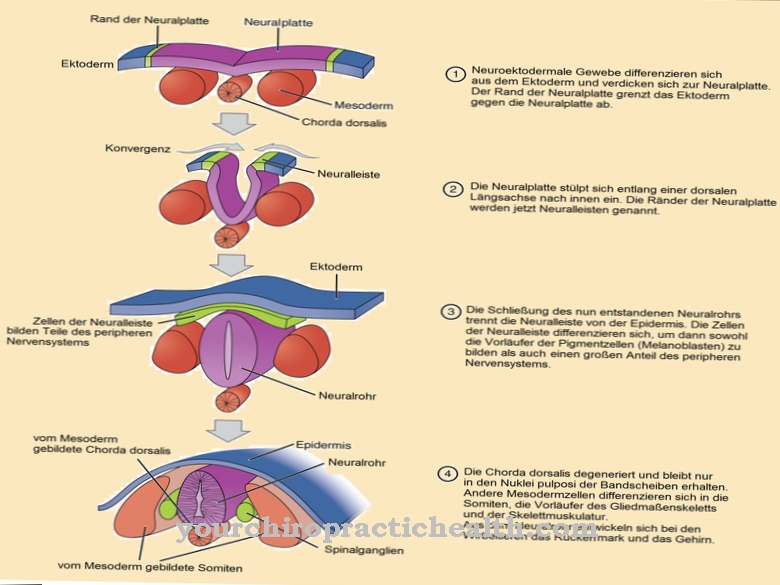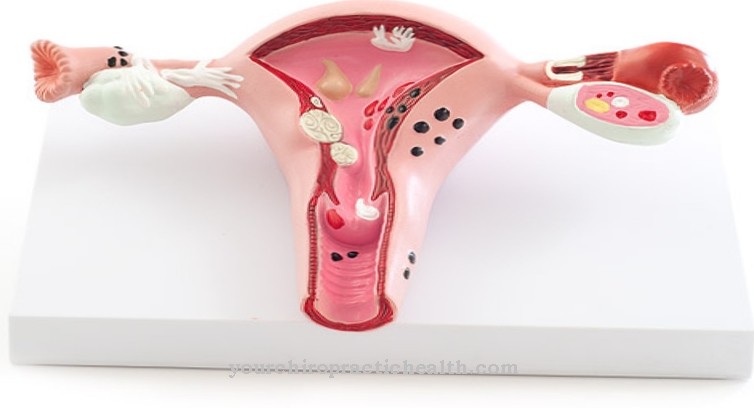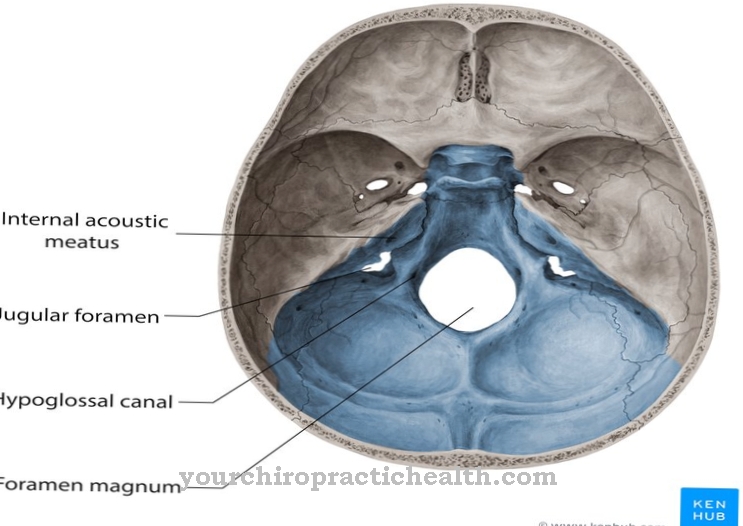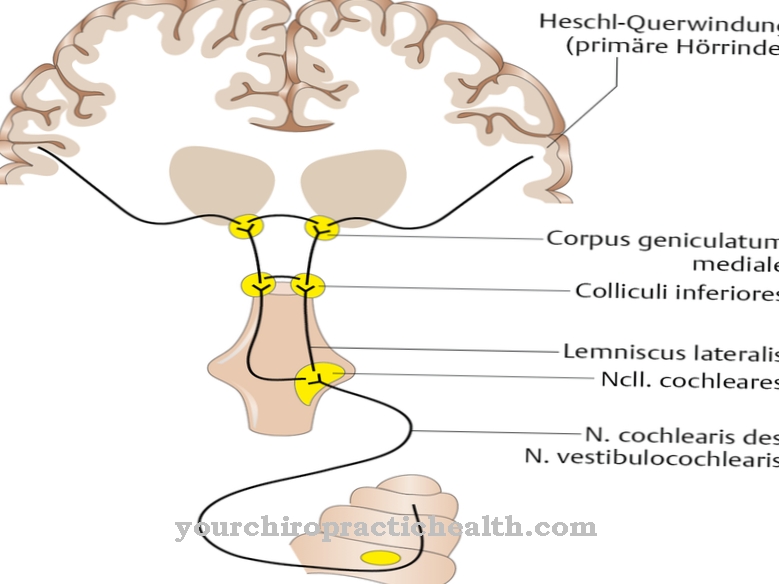Of the Hippocampus is one of the most important structures in the brain. A special feature is that each half of the brain (hemisphere) has its own hippocampus. This acts as a central switching station.
What is the hippocampus?
Hippocampus is a Latin word and has the meaning of the seahorse. Already in 1706 a certain resemblance of the brain part to a seahorse was noticed.However, at that time no one was aware of the role played by the hippocampus. Only over the centuries has the part of the brain been assigned a high priority.
Specifically, it is a connection point between short-term memory and long-term memory. As an interface, the hippocampus receives a multitude of information. These come from sensory systems that absorb stimuli from the environment. The focus is on sensory impressions, above all seeing, hearing and tasting.
The task of the hippocampus is now to make a selection. In detail, stimuli are given a relevance depending on their intensity and urgency. Only a fraction of the wealth of information is passed on. The processing and storage takes place last in the relevant brain areas.
Anatomy & structure
The hippocampus is located in the telencephalon, also known as the endbrain. This in turn is part of the central nervous system and the largest section in the brain.
The hippocampus itself is divided into three structures: The dentate gyrus, the ammonium cornu and the subiculum.
The first structure, the Gyrus, acts as an entry station. This is where all the information that has been passed on by the sense organs comes together. In the gyrus there are so-called interneurons that have an inhibitory function. In this way the intensity of the stimuli is regulated. The next section is the Cornu Ammonis. Colloquially it is referred to as the Ammon's horn. This is where the actual selection of information takes place. For the specific subdivision and forwarding, this is finally Subiculum responsible. In addition, the hippocampus consists of numerous connections. These are essential for proper communication within the hippocampus and to the neighboring areas. Damage to the connections can lead to serious impairments.Function & tasks
The transmission of information from short-term memory to long-term memory is the most important task of the hippocampus. The liaison office is not responsible for the specific storage. Instead, it is seen in medical circles as an interface that generates new information.
Existing information remains unchanged. In addition, the interface fulfills the function of coordinating existing memory contents. This is clear from the example of the hometown. If you try to design a map of your hometown, impressions from different times and places come together. The hippocampus is now responsible for bringing the impressions together.
As a consequence, people manage to orientate themselves in a familiar city. In science, this is referred to as local memory. Finally, an important task is to distinguish information according to its variation. Colloquially one speaks of the news detector. The idea is based on the fact that information does not need to be saved if it already exists. Instead, the relevance of this information is increased. As a result, it can be accessed more easily.
Something similar happens when information that is already known is slightly varied. This will not be created again. Instead, the existing information is changed. This has the advantage that mix-ups are avoided. The memory trace is also stabilized here. The hippocampus also plays an important role in processing emotions. This may be due to the pronounced connections to the Amygdala, the fear center.Together with the amygdala, it is possible to experience joy, sadness or fear intensely. But this also has an effect on the hippocampus itself. Negative stimuli with high intensity can even lead to a reduction in the size of the brain structure. The regression of the hippocampus was particularly evident in depression and anxiety disorders. As a result, emotions were felt weaker.
You can find your medication here
➔ Medicines against memory disorders and forgetfulnessIllnesses & ailments
Damage to the brain structure can lead to serious limitations. Degradation processes, such as those that occur in dementia, are particularly problematic. Specifically, dementia has the consequence that mental abilities decline. This concerns thinking, remembering and orienting.
At an advanced stage, patients are no longer able to carry out everyday activities independently. So far there is no cure. However, early treatment succeeds in delaying the course of the disease. The average life expectancy is seven years.
The hippocampus is also related to epilepsy. Researchers have recognized that changing hippocampal formations can favor the onset of epilepsy. The changes may be facilitated by alcohol or medication abuse. Epilepsy is a brain disease that causes seizures.
A seizure can last a few seconds or even several minutes. It manifests itself in muscle twitching and loss of consciousness. This is accompanied by cramps and twitching. With targeted medication, however, it is possible to reduce the risk of another attack.
Finally, experts suspect that drug use during childhood can have a negative effect on the formation of the hippocampus. This is said to impair cognitive performance even in adulthood. For example, a malformation can impair memory and spatial orientation. In addition, emotions are perceived weaker, while new information is not assigned appropriate relevance. Finally, a malformation can lead to impaired coordination of brain areas.













.jpg)

.jpg)
.jpg)











.jpg)